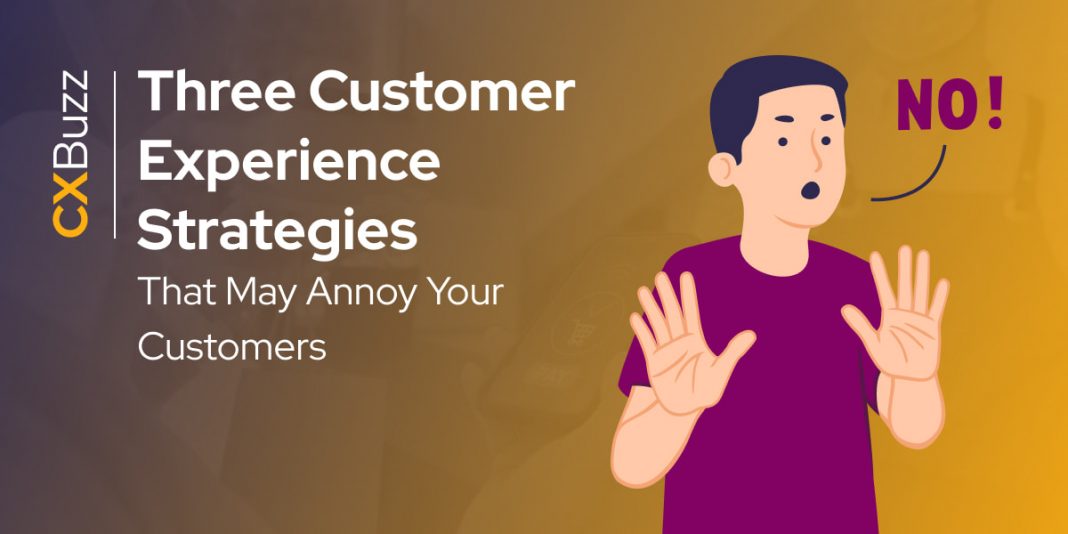During the past year, the COVID-19 pandemic has greatly speeded up the trend of online shopping. Companies and brands are going digital to meet the demand of customers. This, however, isn’t enough. According to a McKinsey report, consumer behaviors vary by consumer segment. This means that consumers now expect a personalized and relevant CX experience from brands.
Companies have come up with various CX strategies designed to cultivate and maintain customer loyalty, but sometimes, these strategies turn out to work in the other way.
So, what are some of the CX strategies that push customers away?
Frequent and Irrelevant Messages
Once a popular way of creating loyal customers, the email newsletter has become one of the most frustrating messages customers receive. Generic and repetitive information shows up in consumers’ email inboxes without enhancing their daily lives.
When having an issue, customers nowadays want a personal experience with brands. They want to interact with brands to solve their own problems as fast as they can. The information that appears in their email inbox will only exhaust their patience and lead them to a competitor.
Unexpected Surveys
A Richman SEO training survey shows that 97% of respondents have a negative impression of pop-up surveys, using words such as “annoying” and “intrusive” to describe them.
The COVID Excuse
Some consumers are not going to accept any COVID-19-related excuses. According to a report published by Freshworks, 27% of global consumers said they are tired of the COVID excuses for delay and bad services. About 1 in 5 customers in Brazil have never believed COVID excuses from brands.
In Conclusion…
The ultimate goals of good CX strategies in a digital era are providing personalized services and improving efficiency. For brands and companies, the future of customer experience strategies relies on advanced technologies. It’s not just about moving everything online. Instead, companies need to use predictive analytics and smart devices to understand their customers’ needs. Based on the collected data, they can then use AI to alleviate the workload of the contact centers.






